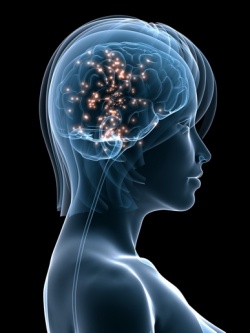Ekaggata
Ekaggatā (Pali; Sanskrit ekāgratā, एकाग्रता) is a Buddhist term translated as "one-pointedness" or "concentration". Ekaggatā is defined as a mental factor that has the function to focus on an object.
Ekaggatā is identified within the Buddhist teachings as:
- One of the seven universa mental factors within the Theravada abhidharma teachings.
- One of the components in the jhānas.
Definition
Nina van Gorkom explains:
Seeing-consciousness, for example, can only know visible object, it cannot know any other object and ekaggatā focuses on visible object.
Hearing-consciousness can only know sound, it cannot know visible object or any other object and ekaggatā focuses on sound.
The Atthasālinī (1, Part IV, Chapter 1. 118, 119) states about ekaggatā (in the context of sammā-samādhi):
- This concentration, known as one-pointedness of mind, has non-scattering (of itself) or non-distraction (of associated states) as characteristic, the welding together of the coexistent states as function, as water kneads bath-powder into a paste, and peace of mind or knowledge as manifestation.
For it has been said: 'He who is concentrated knows, sees according to the truth.' It is distinguished by having ease (sukha) (usually) as proximate cause. Like the steadiness of a lamp in the absence of wind, so should steadfastness of mind be understood.
Ajahn Sucitto explains:
- This is the factor of absorption that arises dependent on bringing to mind, non-involvement and evaluation. It occurs in meditation when the quality of ease has calmed rapture and the mental energy; the energy of focusing and the bodily energy are in harmony. The resultant merging of mind and body is experienced as a firmness in awareness, which is hence not penetrated by sense-impressions.

